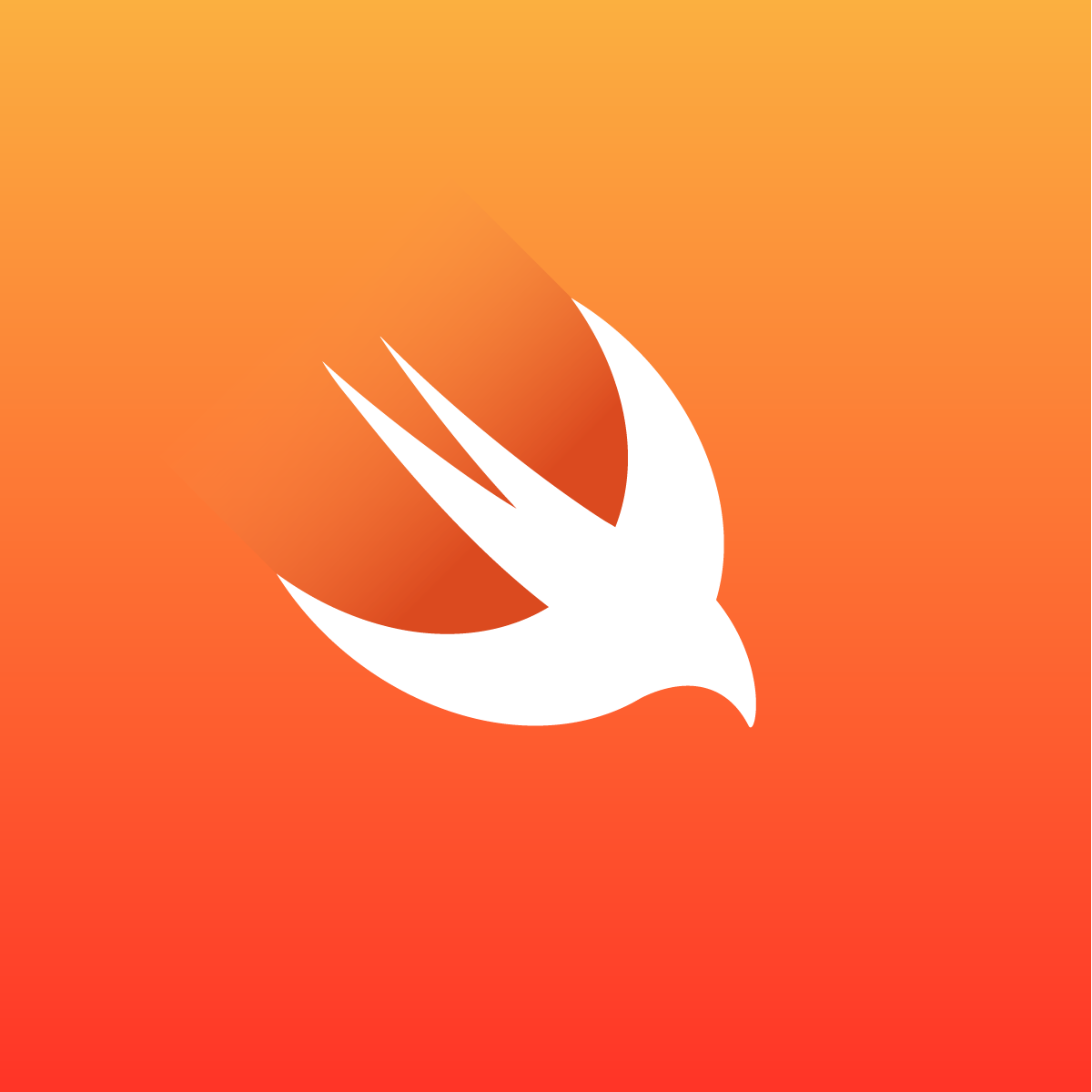- August 28, 2025
- Mins Read
1. Trailing Closure Syntax
When the last parameter to a function is a closure, you can write that closure after the function’s parentheses—without the parameter label. This is called a trailing closure.
Standard form
func performTask(times: Int, task: () -> Void) {
for _ in 1...times {
task()
}
}
// Call without trailing closure:
performTask(times: 3, task: {
print("Hello")
})
With trailing closure
// Trailing closure goes outside the (…):
performTask(times: 3) {
print("Hello")
}
This reads more naturally when the closure is the main “action” you’re passing in.
2. Shorthand Closure Syntax
Swift can infer parameter types and return types from context, and you can:
- Omit types in the parameter list.
- Omit the
returnkeyword when the body is a single expression. - Use shorthand argument names (
$0,$1, …) for positional parameters.
Full vs. shorthand example
let numbers = [1, 2, 3, 4, 5]
// Full form:
let doubledFull = numbers.map { (n: Int) -> Int in
return n * 2
}
// Inferred types + implicit return:
let doubledInferred = numbers.map { n in
n * 2
}
// Shorthand argument name:
let doubledShorthand = numbers.map { $0 * 2 }
3. Why Swift Has Trailing Closure Syntax
- Readability: When the closure is the primary argument, moving it outside the parentheses highlights the work you want done.
- Conciseness: It reduces visual clutter—especially for deeply nested calls (e.g.,
UIView.animate { … }). - Expressiveness: It feels more like natural language, e.g.
UIView.animate(withDuration: 0.3) { view.alpha = 0 }
4. When to Use Shorthand Parameter Names
- Simple closures where the meaning of
$0,$1, etc. is obvious. - Single-expression closures (no branching or multiple statements).
- Inline transformations, e.g.
map,filter,sorted(by:), where brevity improves readability.
Avoid shorthand when the closure body is complex, when you have more than 2–3 parameters, or when semantic names (from, to, value) would clarify intent.
5. Test: Shorthand Parameter Names
Paste this into a playground to verify you can use $0, $1 correctly:
// Test array of strings, sort by length using shorthand:
let words = ["swift", "closure", "trailing", "syntax"]
let sortedByLength = words.sorted { $0.count < $1.count }
assert(sortedByLength == ["swift", "syntax", "closure", "trailing"])
print("Test Passed: sortedByLength == \(sortedByLength)")
// Test mapping to optionals via shorthand:
let raw = ["1", "two", "3", "4a"]
let ints = raw.compactMap { Int($0) }
assert(ints == [1, 3])
print("Test Passed: ints == \(ints)")
- Expected output:
Test Passed: sortedByLength == ["swift", "syntax", "closure", "trailing"] Test Passed: ints == [1, 3]
1. Accepting Functions (Closures) as Parameters
In Swift you can pass functions or closures into other functions by specifying a function type as a parameter. The syntax is:
func performOperation(_ a: Int, _ b: Int, operation: (Int, Int) -> Int) { let result = operation(a, b) print("Result is \(result)") }Here,
operationis a parameter whose type is a closure taking twoInts and returning anInt.1.1 Calling with a Named Function
func add(_ x: Int, _ y: Int) -> Int { return x + y } performOperation(4, 5, operation: add) // Prints: Result is 91.2 Calling with an Inline Closure
performOperation(4, 5, operation: { (x, y) in x * y }) // Prints: Result is 20
2. Trailing Closure Syntax for Parameterized Closures
If the last (or only) parameter is a closure, you can write it after the function call’s parentheses:
performOperation(4, 5) { x, y in x - y } // Prints: Result is -1
3. Why Pass Closures as Parameters?
- Customization: Let callers inject behavior (sorting criteria, completion handlers, etc.).
- Reusability: Write a single generic function and plug in different operations.
- Asynchronicity: Provide callbacks to be executed later (network responses, animations).
- Functional patterns: Chain and compose small bits of logic inline.
4. Tests
4.1 Test: Closures as Parameters
// Define a function that applies a closure twice func applyTwice(to value: Int, using transform: (Int) -> Int) -> Int { return transform(transform(value)) } // Test with a doubling closure let double = { (x: Int) -> Int in x * 2 } let result1 = applyTwice(to: 3, using: double) assert(result1 == 12) print("Test 4.1 Passed: applyTwice doubled twice == \(result1)")Expected output:
Test 4.1 Passed: applyTwice doubled twice == 12
4.2 Test: Trailing Closure Syntax
// Reuse applyTwice but with a trailing closure that adds 5 let result2 = applyTwice(to: 10) { $0 + 5 } assert(result2 == 20) print("Test 4.2 Passed: applyTwice with +5 twice == \(result2)")Expected output:
Test 4.2 Passed: applyTwice with +5 twice == 20
With these patterns you can accept, customize, and test functions/closures passed into your Swift APIs. Feel free to extend these examples to more parameters, different return types, or even throwing closures!
- August 27, 2025
- SwiftUI
This package provides you with an easy way to show tooltips over any SwiftUI view, since Apple does not provide ...
- August 27, 2025
- SwiftUI
- Uncategorized
SimpleToast is a simple, lightweight, flexible and easy to use library to show toasts / popup notifications inside iOS or ...
- August 27, 2025
- SwiftUI
Create Toast Views with Minimal Effort in SwiftUI Using SSToastMessage. SSToastMessage enables you to effortlessly add toast notifications, alerts, and ...



